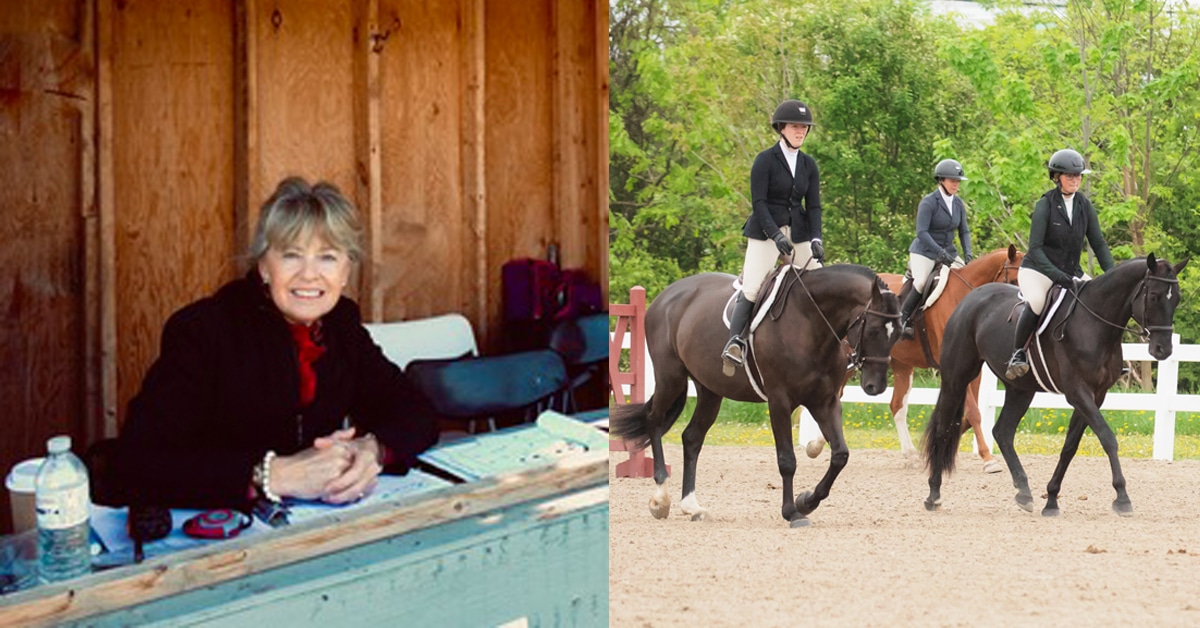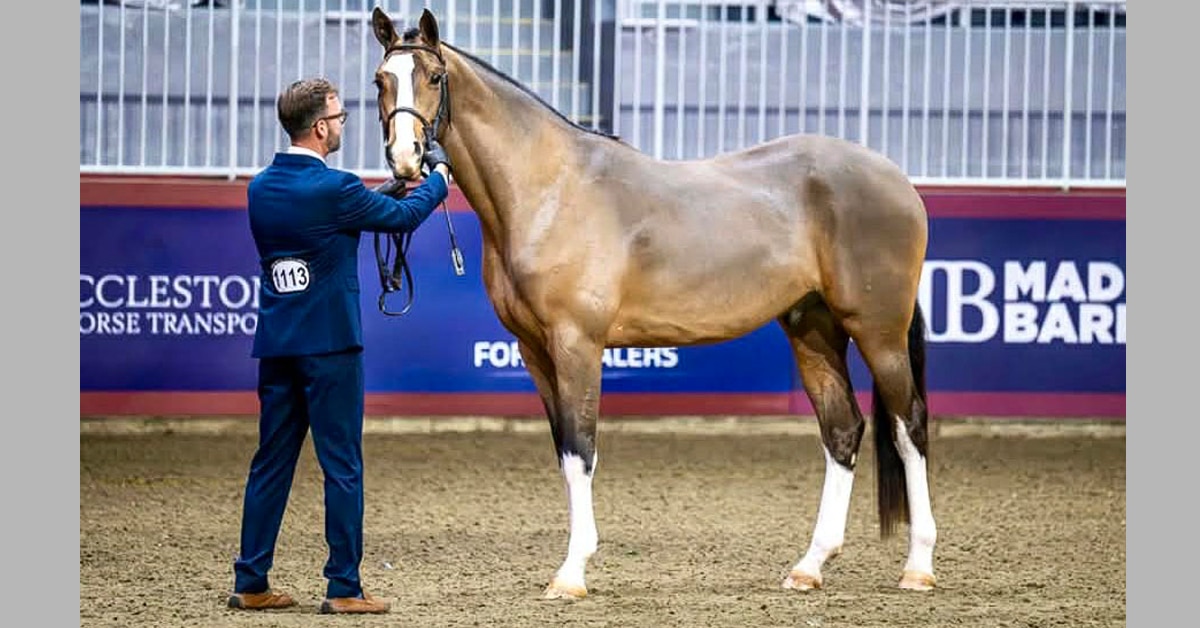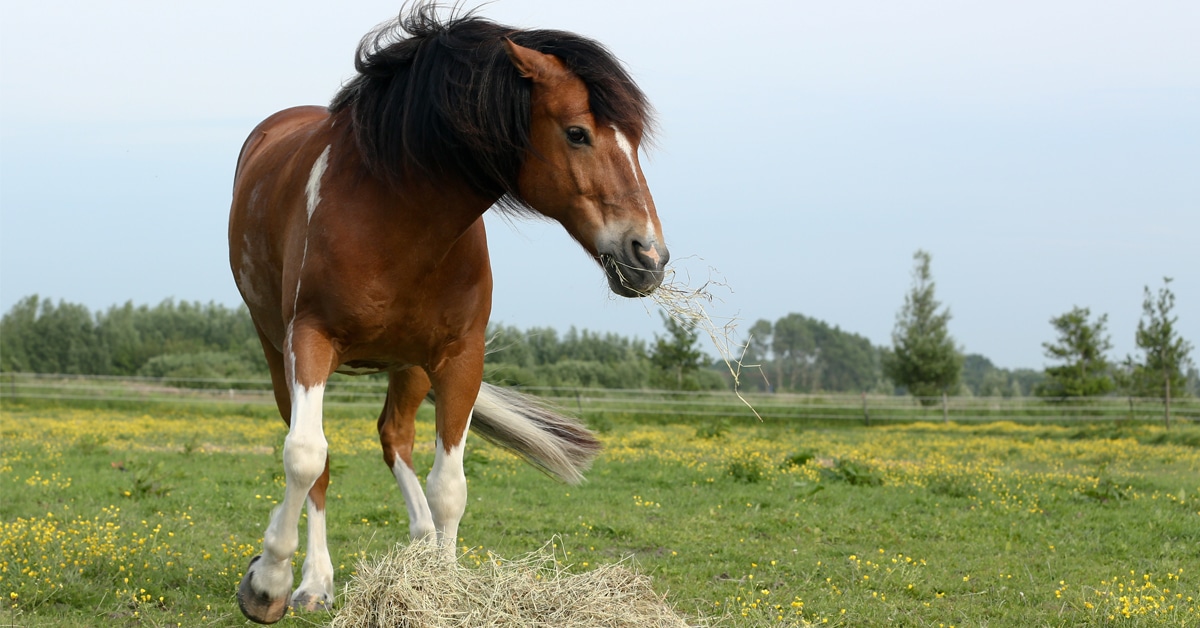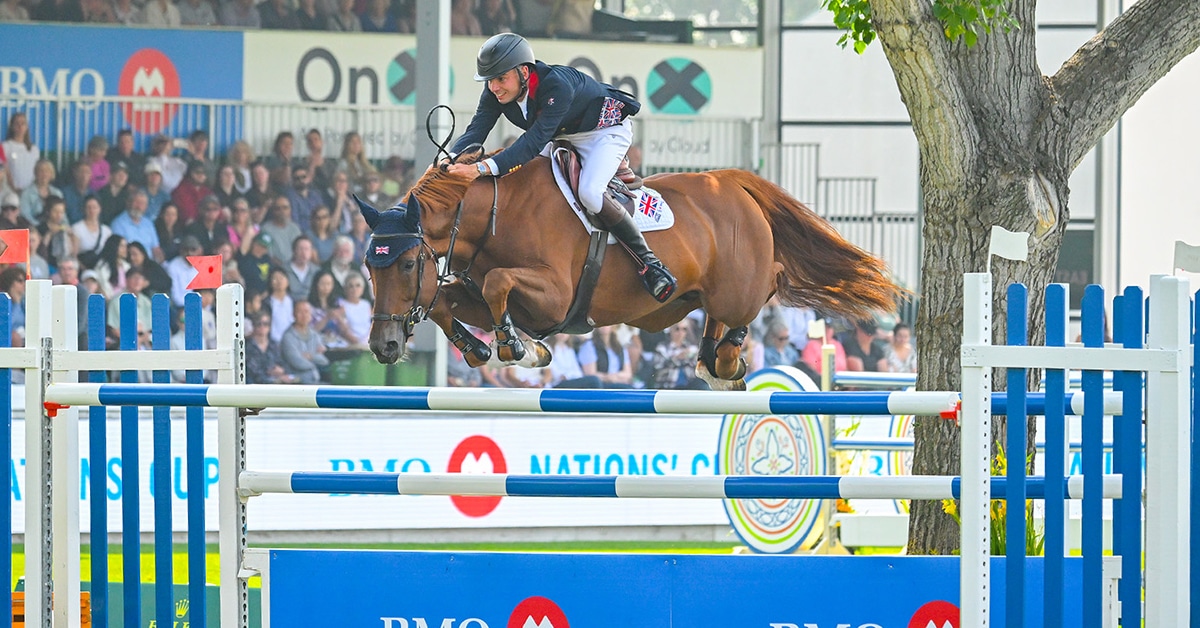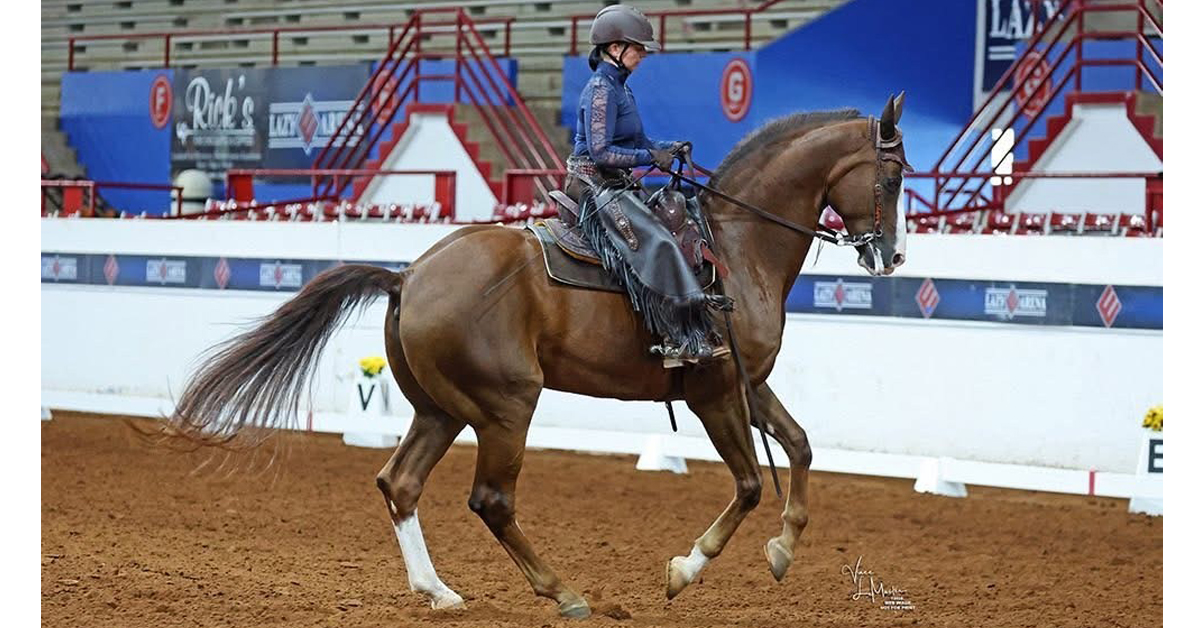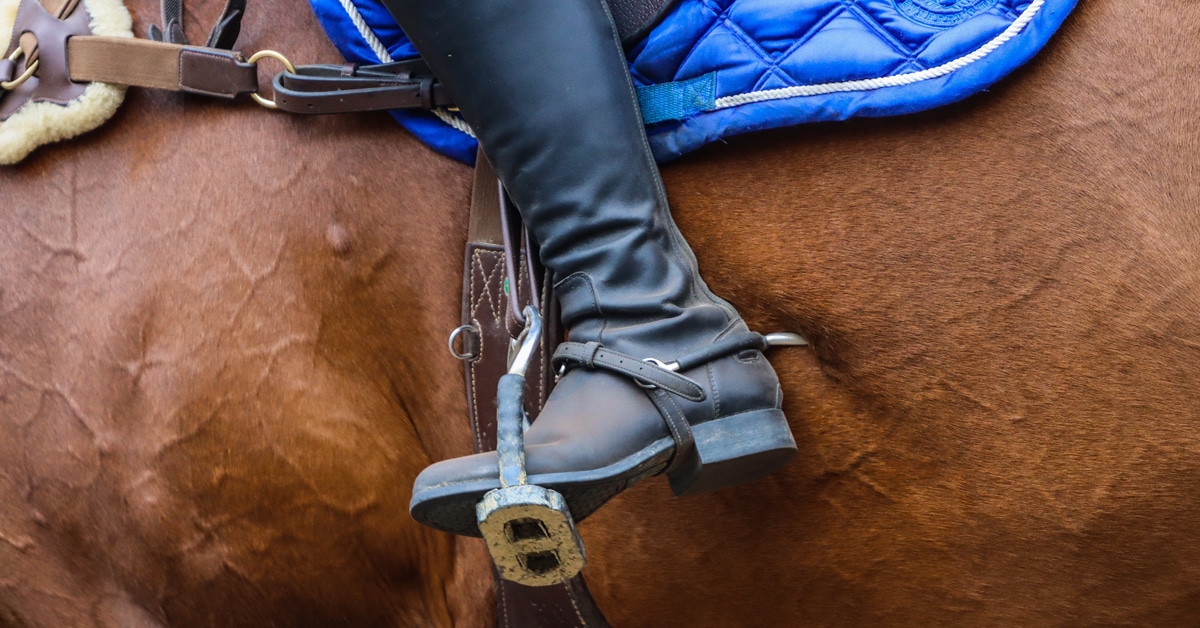The “Natural Horsemanship” movement made popular in the mid ’90s is based on the premise that horses’ social organization follows a structured rank order, and that to train our horses successfully we must assume a dominant leadership role. Here I argue that this perception of herd organization is rarely so simplistic, and that trying to assume the“ alpha leader” position is misguided and potentially abusive. Instead, humane equine training comes about through the adoption of basic learning principles of ethical equitation.
Do horses have leaders?
Although the idea of a rank-ordered hierarchy of lowest- to highest-ranking horse in a herd has gained ascendancy in recent years, horses living in natural herds are much more likely to form bilateral hierarchies based on particular resources and situations, rather than hold on to an abstract concept of each members’ immutable herd position. Also, rank is not necessarily a predictor of who will win a particular resource as the outcome depends on a myriad of factors including the value of the resource, the motivation to acquire it, and the cost of acquiring it (Hartman, Christensen, & McGreevy, 2017).
Contrary to popular wisdom, neither older mares nor stallions were any more likely to be leaders than any other horse in the herd.
For horses living in groups, sticking together is evolutionarily adaptive; it lowers the risk of predation, and increases the chances of procuring survival essentials. Therefore, some form of leadership is essential for coordination of the group’s behaviour. The literature on feral horse behaviour and domestic horses living in natural conditions, however, suggests that “leadership” as we think of it may not be particularly relevant for equine herd living. Bourjade and colleagues (2015) explored leadership behaviour in Przewalski horses and found that there was not one consistent individual who qualified as the leader across all situations. Contrary to popular wisdom, neither older mares nor stallions were any more likely to be leaders than any other horse in the herd. Interestingly, two or more horses often departed together, suggesting that leadership is often shared by several herd members.
The authors suggest that shared decision-making about when and where to move undoubtedly offers an evolutionary advantage. Two heads are better than one when it comes to making good decisions.
Do horses see us as their leaders?
Even if we were able to establish that these immutable equine hierarchies might exist, there is no evidence that this relationship can be transposed into the human-horse interface, and that horses will respond to humans as they would to other horses. As equine researchers Hartman and colleagues note, “This beguiling but simplistic approach denies the complexity of horse–horse interactions and their context specificity. Moreover, there is no evidence that horses perceive humans as part of their social system.” (Hartman, Christensen, and McGreevy, 2017)
Konstanze Kruger and her group (2007) tested the concept of “join-up” purported to be the moment when the horse has accepted the trainer as the alpha leader (Roberts, 1999). Twenty-six horses were individually worked in a round pen until licking and chewing occurred (according to Roberts, a key sign that the horse has acquiesced and is ready to accept the trainer as leader), whereupon chasing ceased. When the horse turned in toward the trainer, they were offered the opportunity to follow. Kruger found that the time until following decreased predictably, over 10 subsequent trials, until the horse followed immediately without chasing. Following occurred regardless of which trainer worked with the horse, how they chased it, or whether or not they used vocalizations, or wither scratches – all variations purported to be crucial to successful “join-up” (Roberts, 1999). When these same “joined-up” horses were loose in a larger field or small paddock, with or without other horses, not one of the horses chose to follow the trainer – their supposed “alpha leader”.
Other researchers have noted that licking and chewing has little to do with submission, but rather is a physiological response as the horse transitions from a high arousal state (where salivary flow decreases) to one of lower arousal; licking and chewing are likely performed in an effort to regenerate salivary flow (see Horse Sport April 2019). In a study of 200 feral horses in Ecuador, equine researchers Margrete Lie and Ruth Newberry (2018) found that licking and chewing was equally likely in aggressors and submissive horses in conflict encounters, although aggressors were slightly more likely to show this behaviour.
Why the “leadership” paradigm leads to negative equine welfare
Horses’ responses in the round pen, or outside it, are the result of reinforcement. Responses that are rewarded – either positively (by adding something desirable such as carrots) or negatively (by removing something unpleasant such as pressure) – are more likely to occur in the future. A horse who is chased in a round pen will soon discover that orienting their attention toward the trainer will generally make the chasing stop, and thus will be inclined to offer this behaviour more quickly on each successive trial.
When a frightened horse eventually slows in the round pen, this does not necessarily indicate that the horse has learned anything, but may have simply become too exhausted to keep running.
When chasing is conducted by an unskilled or inhumane trainer, the horse is faced with no exit and no apparent release from pressure, eliciting fear, confusion, and frustration. For sound evolutionary reasons, fear responses can be learned in a single incident, may generalize across multiple contexts, are extremely resistant to extinction, spontaneously reoccur when we least want or expect them, and ultimately inhibit learning rather than advance it (McGreevy & McLean, 2010). For this reason, the International Society of Equitation Science in their position statement on Dominance and Submission caution that it is paramount to keep horses in a low threshold of arousal in all facets of training.
Moreover, when a frightened horse eventually slows in the round pen, this does not necessarily indicate that the horse has learned anything, but may have simply become too exhausted to keep running. (In an 18-m diameter round-pen, a horse may cover over 5 km in less than 20 minutes!). Continuation of the pressure, or repeated exposure, may elicit a passive coping characterized by shutting down all responses – a state of learned helplessness. Here, the horse simply gives up trying alternative strategies to escape unrelenting pressure as these attempts have previously proved fruitless.
It is a mistake to consider that lessons learned in this context offer optimal foundation training or have generalizability outside of the round-pen (Fenner et al., 2019). Indeed, a fundamental learning principle is that animals repeat behaviours that are regularly reinforced. Repeatedly practising a horse’s flight response in a round pen teaches the horse that flight is an available response that may be offered in other contexts, with other handlers, and in new horse-to-human training interactions (McLean & McGreevy, 2015).
Learning theory rather than leadership
Round pen lessons that consist of tactful application of negative reinforcement and combined reinforcement (using the release of pressure in combination with rewarding the desired behaviour) to teach foundational responses applicable to all later training (e.g. go forward, slow down, stop, turn) have fair, clear, and measurable outcomes. Subjective goals of becoming herd leader or gaining respect are arguably less attainable, place expectations on horses that they cannot fulfill, and justify punitive consequences when horses do not respond as anticipated.
Regardless of the discipline, what we want horses to do can be explained more parsimoniously. We want the horse to immediately respond to a light signal or cue that affords the trainer behavioural control (McGreevy and McLean, 2010). Non-compliant behaviours can be more accurately interpreted as training failures, rather than shortcomings of the horse’s character. This puts the onus on the trainer rather than the horse to clarify what is desired through sound, systematic, and clearly measurable principles of learning. And this is ultimately where the responsibility needs to reside.
***
(For a recap of ethical equitation see Principles of Learning Theory in Equitation, 2018, as established by the International Society of Equitation Science, as well as a poster download of the 10 training principles, click here.)
The Latest
